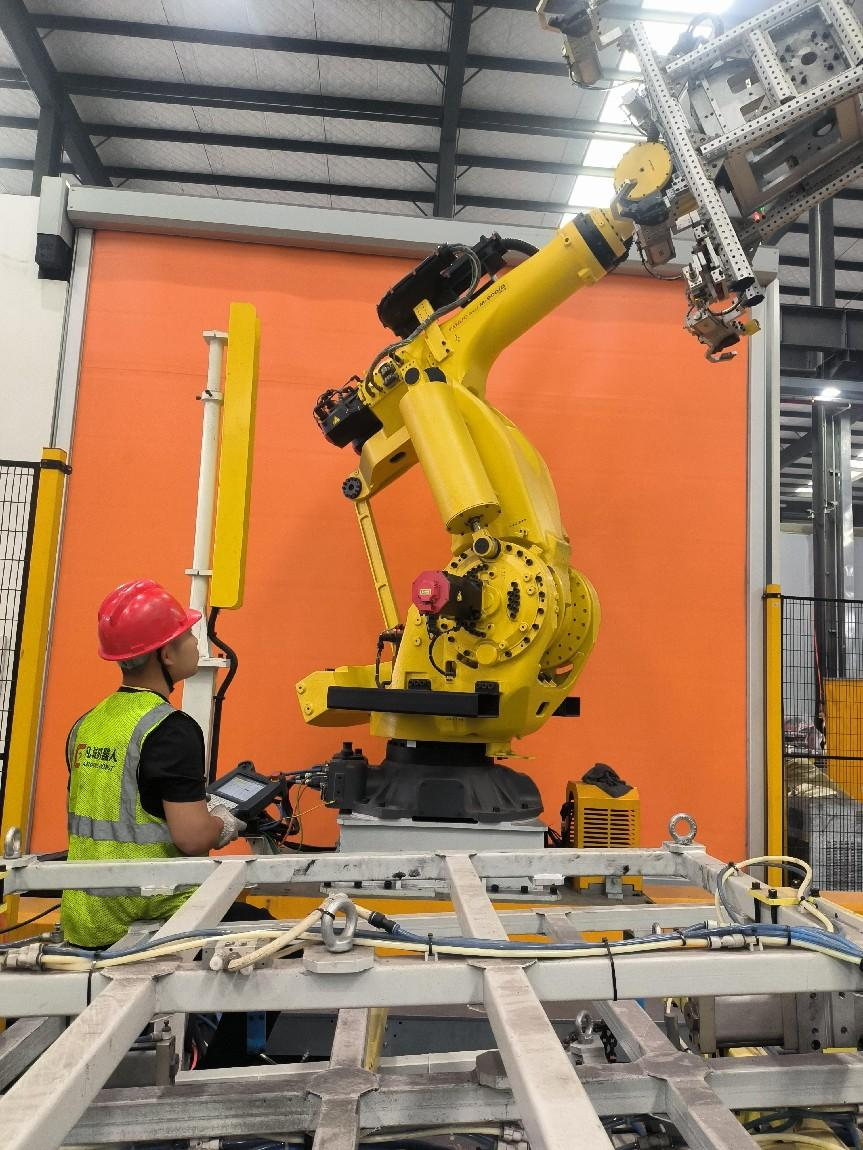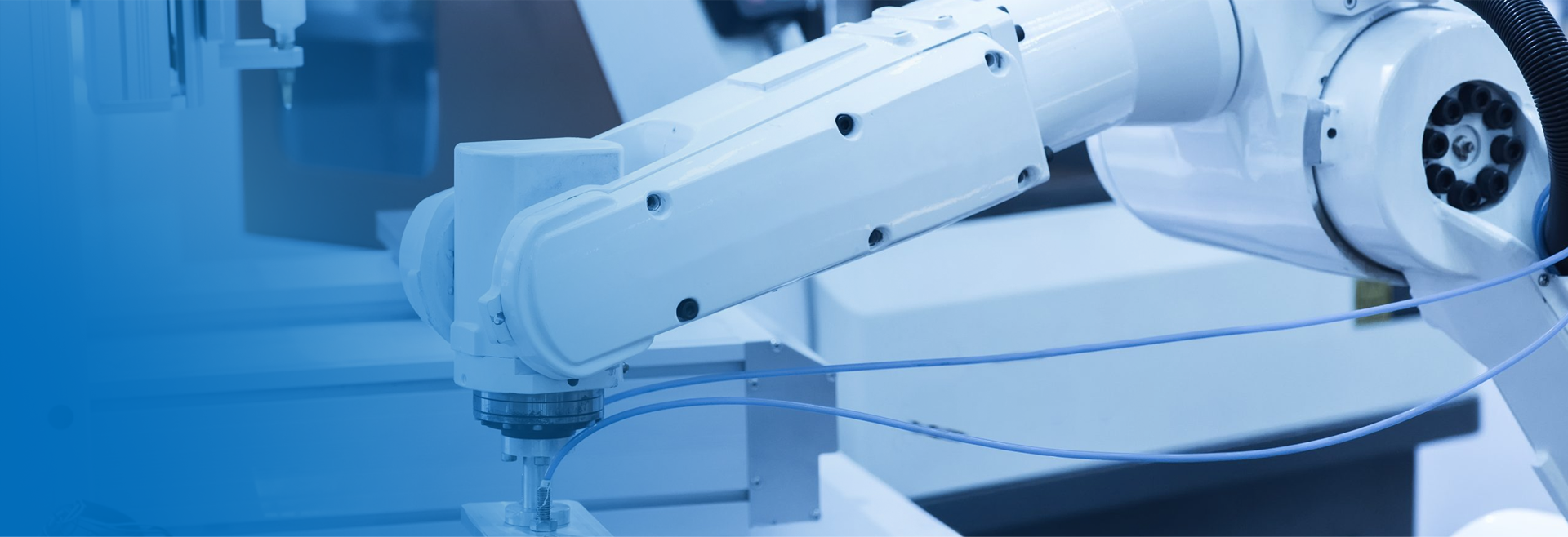Classic Case Analysis of Fanuc Robot Maintenance
Release time:
2024-10-14 13:42

Analysis of Classic Cases in Fanuc Robot Maintenance
Description of Fault Situation One:During the operation of the robot, a severe noise was emitted from the spindle area. Initially, this noise occurred only occasionally during gaps, but over time, the situation worsened, with the spindle starting to vibrate violently and the speed becoming unstable,sometimes surging and sometimes dropping sharply.
Analysis Process:To identify the cause of the fault, we first conducted a detailed inspection of the connection plug of the spindle servo motor. Subsequently, we expanded the scope of inspection to include a certain item in the servo circuit and whether there were any abnormalities in the spindle motor itself. At the same time, we monitored the output pulse wave and focused on checking the waveform adjustment circuit of the spindle servo system to find the root of the problem.
Description of Fault Situation Two:During the movement process of robot maintenance, there was noticeable vibration in the X-axis, especially during rapid movement. This vibration phenomenon was particularly severe during acceleration, deceleration, and stopping moments.
Troubleshooting Steps:For this issue, we first checked whether the connections of the robot motor and its feedback device were secure. Then, we attempted to replace the servo drive device, but the fault still persisted. Next, we measured the current and voltage of the motor, and the results were within the normal range. Finally, we measured the current and voltage feedback from the speed sensor and found that the voltage ripple was too large and exhibited an abnormal waveform.
Description of Fault Situation Three:When the robot moved in the X direction, there was a noticeable jitter in the coordinates.
Solution:To resolve this issue, we need to conduct a comprehensive inspection of the robot's maintenance system. The specific inspection content includes checking whether the settings of the system position loop and speed loop gains are reasonable, whether there are faults in the thyristor circuit, whether the coordinate balance has been disrupted, and whether there are any abnormalities in the speed sensor, servo drive motor, and mechanical transmission parts.
Description of Fault Situation Four:The CRT display showed a system prompt indicating that the tool code only allows odd-numbered inputs, and a 09 alarm occurred during the tool library return to zero.
Troubleshooting Steps:In response to this alarm information, we first checked whether the control terminals of each RAM on the robot PC were operating normally. Then, we examined the even-numbered writing situation of the tool code disk C1 and checked the status of key components such as B2, D3, and D4. Additionally, we conducted a detailed comparison of the 10 terminal of RAMA49 and the 10 and 9 terminals of the D5 comparator, finding that the 9 terminal was in a high-level state, inconsistent with the 10 terminal.
Description of Fault Situation Five:During the operation of the robot, there was a problem of parameter and program loss, accompanied by odd-even alarms.
Analysis Process:In response to this fault phenomenon of the robot, we initially judged that it might be due to the loss of information in the parameter and program registers during power-off. To verify this judgment, we decided to conduct a detailed inspection of the register chip to find the root cause of the problem.
Guangdong Ruikun Robot undertakes national robot maintenance services, including: major repairs, maintenance, and integration of various domestic and international first-line brand robots, as well as repairs of core components, motors, reducers, circuit boards, etc.

Related Cases












